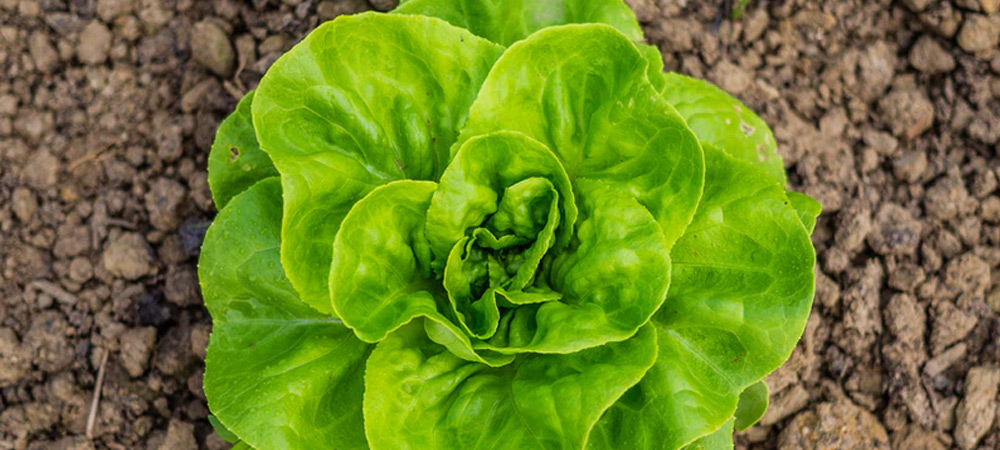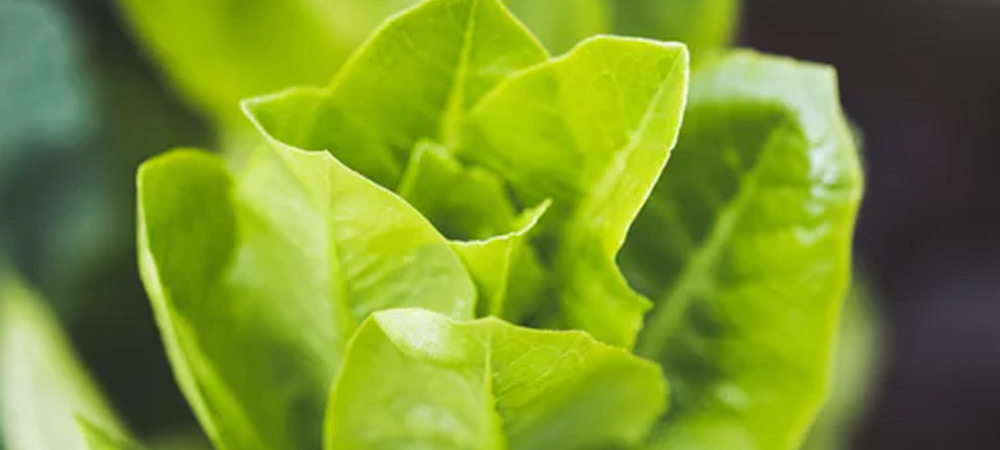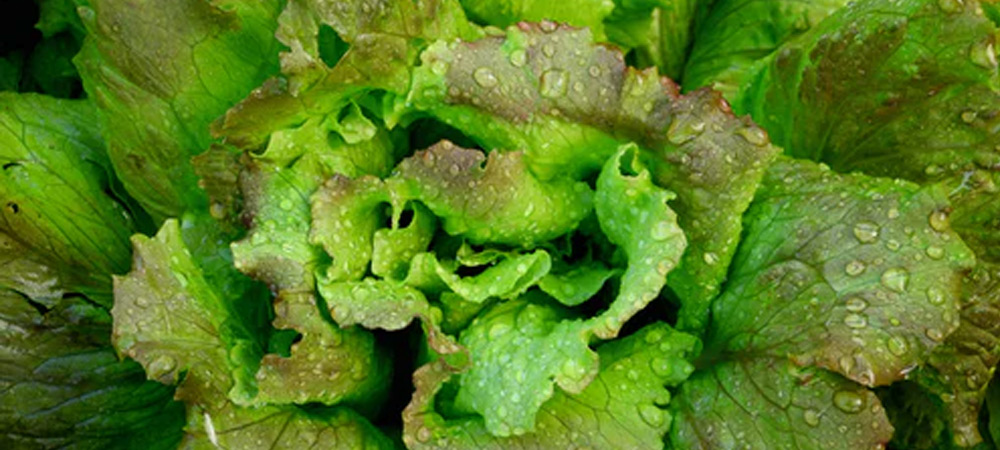How to Grow Lettuce in a Greenhouse

Growing your own lettuce is a great way to eat fresh salads all year round, and to always have the crispest, most delicious lettuce to use in your cooking and snacking. This can’t be done outdoors in most parts of the UK, but it can be easily achieved in a greenhouse!
How to Plant Lettuce in a Greenhouse
One or two weeks before the last spring frost is due, make little depressions in the soil where you want to plant your lettuce. Do not bury the seeds – lettuce needs sunlight to germinate. Sowing seeds one-per-cell will result in a clear head of lettuce, but if you want to cut lettuce as needed from a plant that keeps growing, then you may want to plant the lettuce as a mat, with 3-5 seeds per cell.
Keep the seeds moist, but not flooded or submerged, and watch that they are not washed away when watering. The trays can sit in your greenhouse, polytunnel, cold frame or on your windowsill to germinate. In about 4 weeks, they should be ready to plant in their spot for the season.
If you want lettuce in your greenhouse all year round, you’ll need to control the temperature, heating some in the colder months and cooling some in the hotter ones.
Ventilation is also important, so keep the air flowing to change out the greenhouse volume once every hour or so, ideally.
Lettuce can handle a little snow on it, but it is not great in the cold, which can ruin the appearance and texture of the leaves, or even kill the plant as a whole.
Planting some aromatic plants like garlic or chives near your lettuce will help to deter aphids and similar pests, though you should still keep a sharp eye on them, as you are not the only local with a taste for crisp lettuce leaves!
Sow a few seeds each week, so that mature plants that have been heavily harvested can be retired and newer, more succulent plants can take over the burden of feeding you and your family. A regular cycle like this will keep you ever-supplied with the best quality lettuce leaves.

1. Hardening Plants First
Before you move lettuce from its indoor planting trays to an outdoor home, you need to harden off the leaves, or the shock will be too much for the plants and they will suffer from it, perhaps even die.
Take about a week to ten days to gradually expose the plants to outdoor temperatures, winds, etc. On frost-free days, expose them to the open air, but cover them or place them under a cloche or in a mini greenhouse at night. Keep the plants outside for a longer period each day and by the end of the week or ten days, they should be out for almost the entire day and night.
If your plants were started on a windowsill, some extra caution may be needed. Move them to an unheated room for a while before moving them outside, or the temperature change may be too much for them and cause some shock and subsequent ill effects.
2. Soil for Lettuce
Rich, loamy soil with lots of organic material is the best for lettuce. Hand digging fertiliser into the soil prior to transplanting is always a good idea, especially concentrating on the top couple of inches of the soil. The soil should be well-drained. The pH should be between 6.0 and 7.0. Consistent watering is a must to prevent stress and the related stunting and infestations that can come about more easily in a stressed plant.
3. Temperature for Lettuce
Greenhouse temperatures should be between 10°C and 20°C through the day. Higher temperatures may harm your plant but keeping them adequately watered gives them a fighting chance against warmer temperatures. They can stand spikes in temperature, for short periods, if water is available to them. Evening temperatures will drop some, and this is good for the plants, but they should not drop below 5°C, even in your greenhouse, or you will begin to risk damage to or death of the plant.

4. Watering Lettuce Plants
Lettuce is a light, crisp structure, and so it needs adequate water supply at all stages of its growth in order to develop properly and produce good yields. The seed tray should be watered with a light mist, keeping the tray moist but well-drained. An inch or so of water each week should do at this stage.
Immediately after transplanting the seedlings from their initial trays, sprinkle them with a light solution of fish emulsion or seaweed.
Lettuce plants require constant watering to produce tender, crisp and delicious leaves, since they are a shallow-rooted plant and need well-drained soil.
5. Lighting
Lettuce like broad, uninterrupted daylight, and a lot of it – at least 6 hours per day. Your greenhouse should be in a location that gets at least this much sunlight. If the area is heavily overshaded, or dim, or you are using a heated greenhouse in a place with very short winter days, you may want to invest in a good lighting system to augment what the sun would otherwise provide.
In any case, a south-exposed position is best.
Common Pests for Lettuce Plants
The most common infestation problems with lettuce plants include earwig attacks, cutworms, and aphids. Woodchucks and rabbits also like lettuce and can eat a substantial amount of your crops in one session.
Once lettuce plants are mature and have been producing for a while, the leaves can become thick, woody and bitter. They may rot soon after this stage as well. Best to keep a rotation going and replace them with younger plants before they get to this stage.
If you want to start growing lettuce but don't have a greenhouse, then browse our range available to buy online here.
You could start with a small greenhouse if you have less space or a smaller budget.
 Author:
Author: